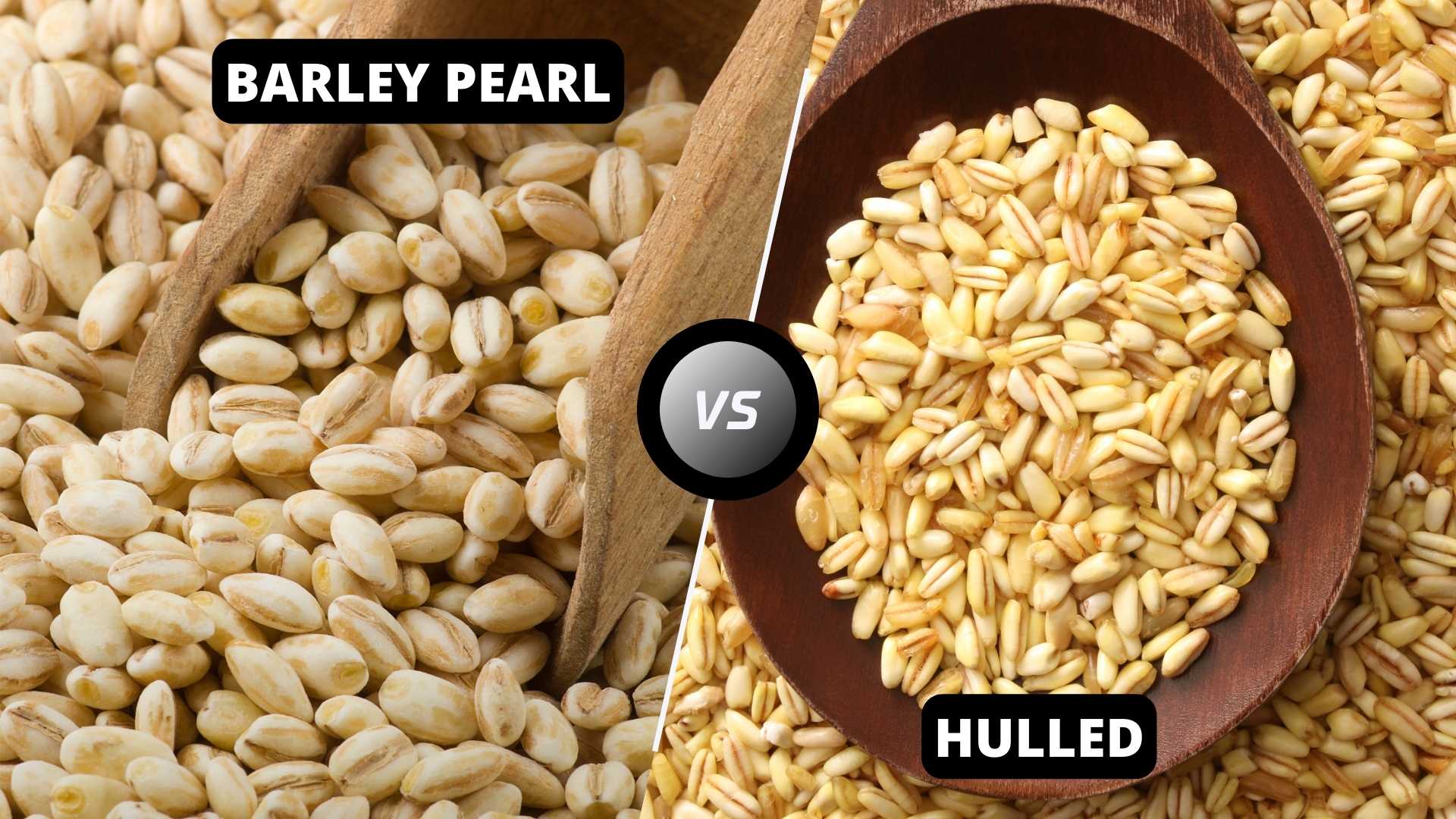Barley is an ancient grain that has been cultivated for thousands of years. It is a versatile and nutritious ingredient that can be used in a variety of dishes, from salads to soups to stews. Barley is available in two main forms: pearl barley and hulled barley. In this article, we will compare the nutritional content, digestive health benefits, taste and texture, environmental impact, and culinary uses of barley pearl and hulled barley.
Comparison of Barley Pearl vs Hulled
Nutritional Differences
Barley is a nutrient-dense grain that is rich in vitamins, minerals, and dietary fiber. Both pearl barley and hulled barley are good sources of nutrition, but there are some differences in their nutritional content. Pearl barley has been processed to remove the hull and bran, which results in a grain that is less nutrient-dense than hulled barley. Hulled barley, on the other hand, has only had the outermost layer of the grain removed, leaving the bran and germ intact. This means that hulled barley has a higher nutrient content than pearl barley.
According to the United States Department of Agriculture (USDA) nutrient database, one cup of cooked hulled barley contains 270 calories, 6 grams of fiber, 12 grams of protein, and 2 grams of fat. The same amount of cooked pearl barley contains 193 calories, 6 grams of fiber, 4 grams of protein, and less than 1 gram of fat. Hulled barley is also a good source of several vitamins and minerals, including vitamin B6, thiamin, niacin, magnesium, phosphorus, and zinc.
Digestive Health Benefits
Barley is a rich source of dietary fiber, which is important for digestive health. Both hulled barley and pearl barley contain soluble and insoluble fiber, but hulled barley contains more of both types of fiber than pearl barley. Soluble fiber helps to regulate blood sugar levels and lower cholesterol, while insoluble fiber promotes regular bowel movements and prevents constipation.
According to the Harvard School of Public Health, consuming foods that are high in fiber can reduce the risk of heart disease, stroke, and diabetes, as well as promote healthy weight management. Hulled barley, with its higher fiber content, may offer more digestive health benefits than pearl barley.
Taste and Texture
Pearl barley and hulled barley have different taste and texture characteristics. Pearl barley is more processed and has a smoother texture than hulled barley. It also has a mild, nutty flavor that works well in a variety of dishes. Hulled barley, on the other hand, has a chewy texture and a slightly nuttier flavor than pearl barley. Hulled barley works well in recipes that require a heartier texture, such as soups and stews.
When deciding which type of barley to use in a recipe, it’s important to consider the dish’s overall flavor and texture profile. Pearl barley works well in lighter dishes, while hulled barley is better suited for heartier, more substantial dishes.
Environmental Impact
The production of barley has both environmental benefits and drawbacks. On the positive side, barley is a low-input crop that requires relatively little water, fertilizer, and pesticides compared to other crops. Barley also has a lower carbon footprint than some other grains, such as wheat and corn.
However, the production of barley can also have negative environmental impacts. Barley is often grown as a monoculture, which can deplete soil nutrients and increase the risk of pest infestations. The use of pesticides and fertilizers can also contaminate groundwater and soil. Additionally, the transportation of barley over long distances can contribute to greenhouse gas emissions.
When comparing hulled barley and pearl barley, there are some differences in their environmental impact. Hulled barley is less processed than pearl barley, which means that it requires less energy and resources to produce. Hulled barley also has a higher fiber content, which means that it can promote more sustainable farming practices, such as crop rotation and reduced use of pesticides and fertilizers.
Culinary Uses
Both hulled barley and pearl barley are versatile ingredients that can be used in a variety of dishes. Pearl barley is often used in lighter dishes, such as salads and pilafs, while hulled barley is better suited for heartier dishes, such as soups and stews. Hulled barley takes longer to cook than pearl barley, so it is important to plan accordingly when using it in recipes.
Here are some examples of dishes that can be made with hulled barley and pearl barley:
Hulled barley:
- Vegetable and hulled barley soup
- Hulled barley risotto with mushrooms and Parmesan
- Hulled barley and roasted vegetable salad
Pearl barley:
- Carrot and pearl barley salad with tahini dressing
- Pearl barley pilaf with chickpeas and raisins
- Mushroom and pearl barley stew
Conclusion
In conclusion, both hulled barley and pearl barley are nutritious and versatile ingredients that can be used in a variety of dishes. Hulled barley has a higher nutrient content and more fiber than pearl barley, which means that it may offer more digestive health benefits. Hulled barley also has a chewier texture and nuttier flavor than pearl barley, which makes it a better choice for heartier dishes. When it comes to environmental impact, hulled barley may be a more sustainable choice than pearl barley due to its lower processing requirements and higher fiber content.
When deciding which type of barley to use in a recipe, it’s important to consider the dish’s overall flavor and texture profile, as well as any nutritional or environmental considerations. Both hulled barley and pearl barley can be healthy and delicious choices, depending on the specific dish and dietary preferences of the individual.





